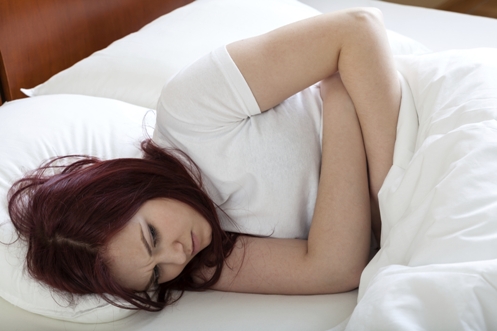Diverticulosis: Symptoms, causes and treatment
The diverticulosis, in medical terms, can be defined as the presence of diverticula in the colon wall, a kind of sachets ranging between 5-10 millimeters and usually occur as a result of a poor diet in fiber food, usually fruits and vegetables.
The diverticulosis or diverticulitis is a fairly common, most common disorder among women and the incidence increases with age. Also, it should be emphasized that this is an asymptomatic disorder, as it cannot present any type of symptoms and detected in a medical checkup.
Table of Contents
Causes
As we have noted, a low-fiber diet is the main cause of this disorder, which can be aggravated when it follows a diet too rich in red meat, carbohydrates, fatty foods, as well as in obese patients and in those taking anti-inflammatory drugs excessively.
Symptoms
Approximately, according to medical data, 75% of the cases do not show obvious symptoms. In some cases, bacteria or fecal debris can accumulate in them and cause infections (acute diverticulitis). With proper treatment, the disorder will forward, although it is necessary for monitor if complications occur. Among the most serious, peritonitis, fistula, bleeding, intestinal obstruction or narrowing of the colon.
When suffering from acute diverticulitis symptoms themselves are obvious, such as abdominal pain in the lower abdomen and episodes of fever.
Diagnosis and treatment
For diagnosis, the doctor may prescribe different tests, such as colonoscopy, an abdominal CT scan or a barium enema or abdominal radiography. As for treatment, it is essential to check the diet and avoid constipation, betting on a diet rich in fiber (fruits, vegetables and legumes).
Maintain proper weight and physical exercise on a regular basis, in addition to being two healthy habits, these are the best prevention against diverticulosis. When this disorder is diagnosed, the doctor usually prescribes the patient for about 5-7 days to follow a treatment based on hydration, intravenous antibiotics and analgesics. To avoid relapses is essential to follow a diet rich in fiber foods (fruits, vegetables, whole grain bread, legumes…).
